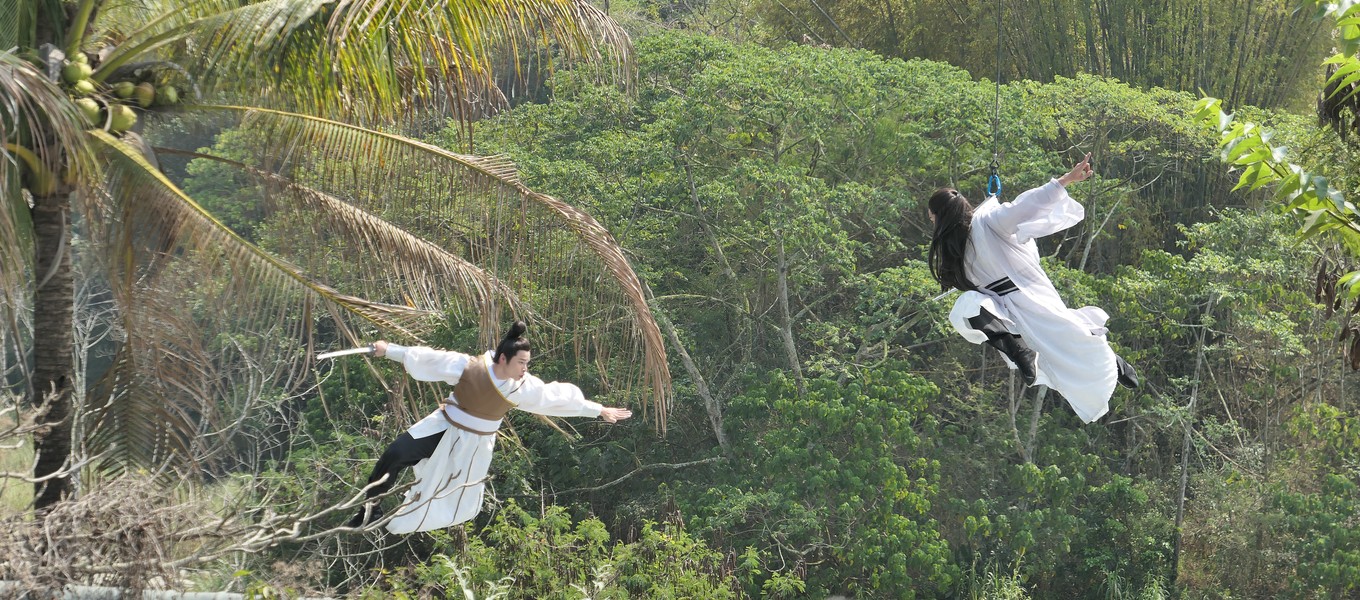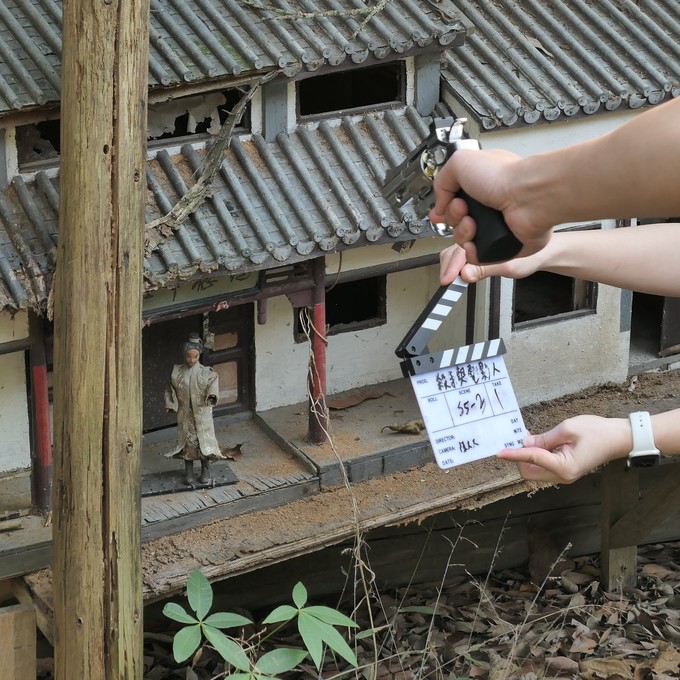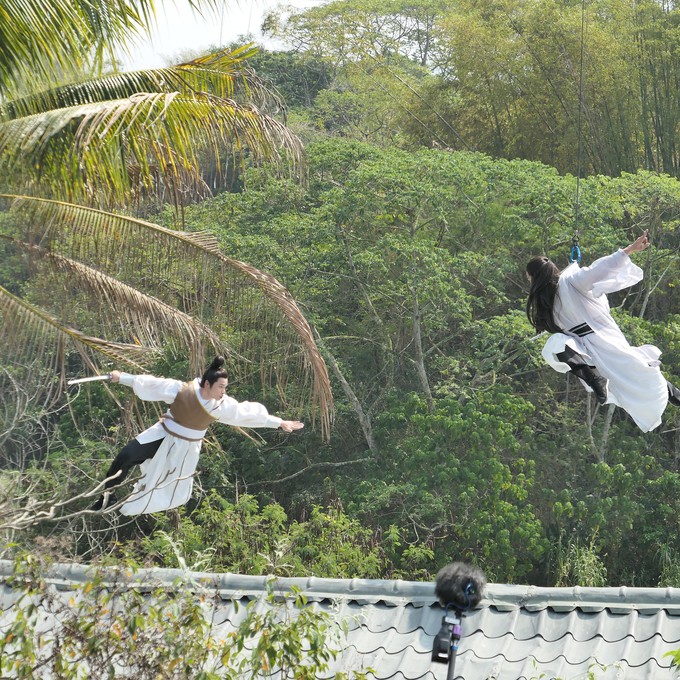Che-Yu Hsu
The Making of Crime Scenes - Installation - 2021
presented as part of the exhibition Panorama 23



Installation
Starting from a gunman involved in a murder case, I seek to reflect the collective unconscious within society and politics through the gunman's multiple peculiar roles—a filmmaker, a killer, a gangster, and a patriot. In 1984, when Taiwan was still under Martial Law, a Taiwanese American writer Henry Liu was shot to death in his own house in the United States by a Taiwanese assassin. Afterward, due to the intervention and investigation of the US government authorities, this case was eventually confirmed to be a political murder jointly committed by the Military Intelligence Bureau and the biggest mafia United Bamboo Gang in Taiwan, as the government paid the mafia to kill Henry Liu. The protagonist of this work, Wu Dun, is the assassin who fired the shot at the time. After the case was exposed, the Taiwanese authorities were pressured by the US, and Wu Dun was thus sentenced to life imprisonment. However, he was given amnesty and discharged from prison after six years. After he got out of prison, Wu Dun remained an important member of the United Bamboo Gang, and he established a film company as a producer with the support of his mafia influence, making several “wuxia films” - refers to specific traditional Chinese swordplay films. In the genre of “wuxia film,” the story of the conflicts between a government and local gangsters has often been the main theme, along with a strongly nationalistic ideology. In this work, I revisited the film studio that was once used by Wu Dun and is now deserted to recompose the fragments of the political assassination and the scenes of wuxia films, and I cooperated with a 3D scanning team—their job is to provide forensic scanning service at crime scenes—to make a digital double of Wu Dun, attempting to dissect the collective memory from a digital shell.
Che-Yu Hsu
Hsu Che-Yu works as an artist who primarily creates animations, videos, and installations that feature the relations between media and memories. What matters to the artist is not simply the history of events traceable through media, but also the construction and visualization of memories, be they private or collective.
